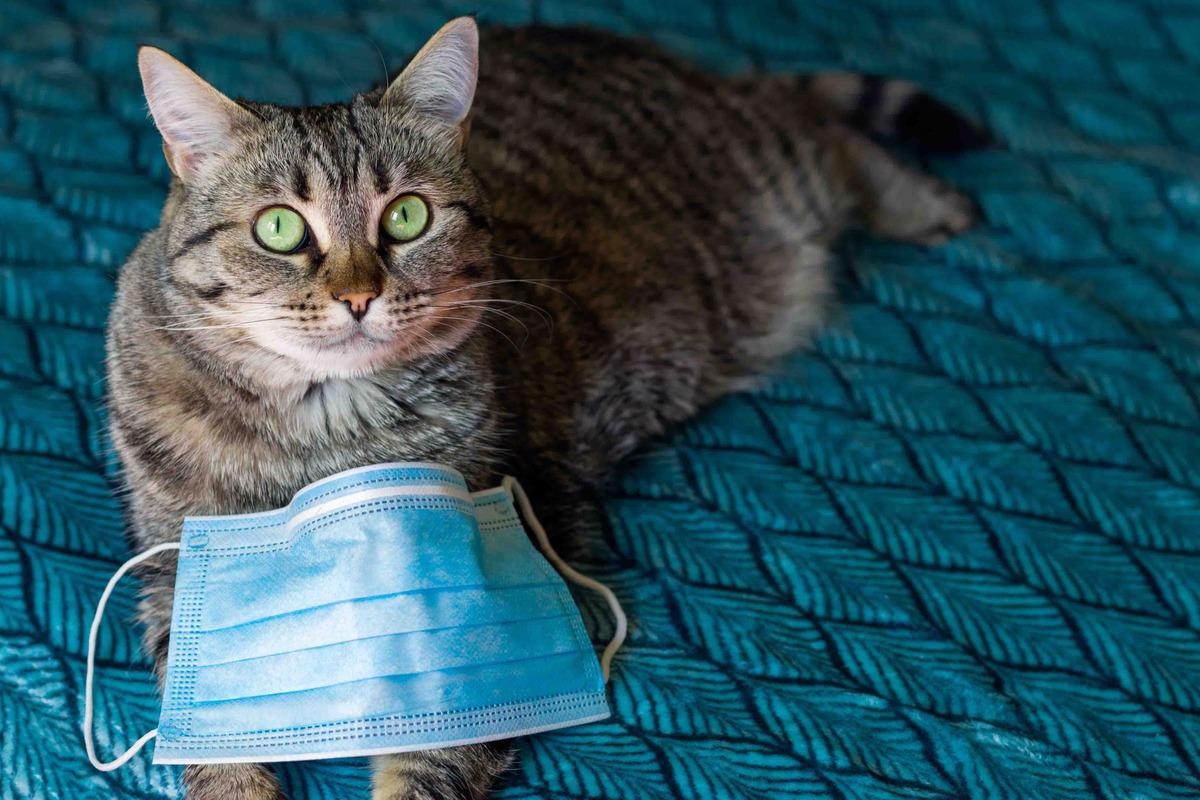In a recent study published in Emerging Infectious Diseases, researchers investigated a suspected cat to human transmission of severe acute respiratory syndrome coronavirus 2 (SARS-CoV-2).
 Study: Suspected Cat-to-Human Transmission of SARS-CoV-2, Thailand, July–September 2021. Image Credit: TanyaPhOtOgraf/Shutterstock
Study: Suspected Cat-to-Human Transmission of SARS-CoV-2, Thailand, July–September 2021. Image Credit: TanyaPhOtOgraf/Shutterstock
Coronavirus disease 2019 (COVID-19) is causally linked to a live animal market in Wuhan, China, lending the infection a zoonotic origin. America, Europe, Asia, and Africa have reported several cases reporting the presence of SARS-CoV-2 among various species, including cats, dogs, minks, lions, and tigers.
Case report
In the present study, researchers characterized a suspected case of zoonotic transmission of COVID-19 from a cat to a human.
On 15 August 2021, patient A visited the hospital of Prince of Songkla University in Hatyai District, Songkhla Province. The patient was a 32-year-old healthy female veterinarian with a history of clear nasal discharge, fever, and productive cough for two days. Physical examination included a chest radiograph and was mostly unremarkable. The patient reported that five days earlier, she and patients E and F, also veterinarians, had examined a cat that belonged to two men, named patients B and C.
Patients B and C were son and father aged 32 and 64 years old, respectively, who lived in Bangkok, Thailand. A day prior, they tested positive for COVID-19 by reverse transcription polymerase chain reaction (RT-PCR) and were transferred to the Prince of Songkla University hospital. The patients B and C, along with their cat, were transported via an ambulance on a 20-hour drive on 8 August 2021. The patients were then admitted to an isolation ward.
The cat was sent to the university veterinary hospital and was examined by patient A on 10 August 2021. The cat was found to be medically normal. Subsequently, patient A collected rectal and nasal swabs from the animal while patients E and F restrained it. When the nasal specimen was collected, the sedated cat sneezed on patient A. The three veterinarians were equipped with gloves and N95 respirator masks but were not wearing eye goggles or face shields during the swabbing.
Three days after exposure to the cat, patient A displayed symptoms but did not consult any medical care until 15 August 2021, when the cat tested RT-PCR positive for COVID-19. The nasopharyngeal swab samples collected from patient A also had SARS-CoV-2. Patients A, B, and C and the cat were isolated in the hospital. Patients E and F tested negative for SARS-CoV-2.
The team found that the genomes of the cat and patients B and C were identical to those collected from patient A. This indicated that the SARS-CoV-2 infections were epidemiologically related. Since patient A had no history of contact with patients B and C, she most likely acquired the virus from the cat when it sneezed on her.
Furthermore, the comparatively low RT-PCR cycle thresholds found in the nasal swabs obtained from the cat indicated that the viral load was significantly high as well as infectious. Since patient A was wearing a mask but no goggles or face shield at the time of SARS-CoV-2 exposure, her exposed ocular surface was susceptible to acquiring infectious droplets from the cat.
Conclusion
The study provided evidence that SARS-CoV-2 can be transmitted from cats to humans. The researchers believe that even though the odds of such a transmission are low due to the short duration of viral shedding in cats, individuals with suspected or confirmed SARS-CoV-2 infection must limit exposure to their cats.